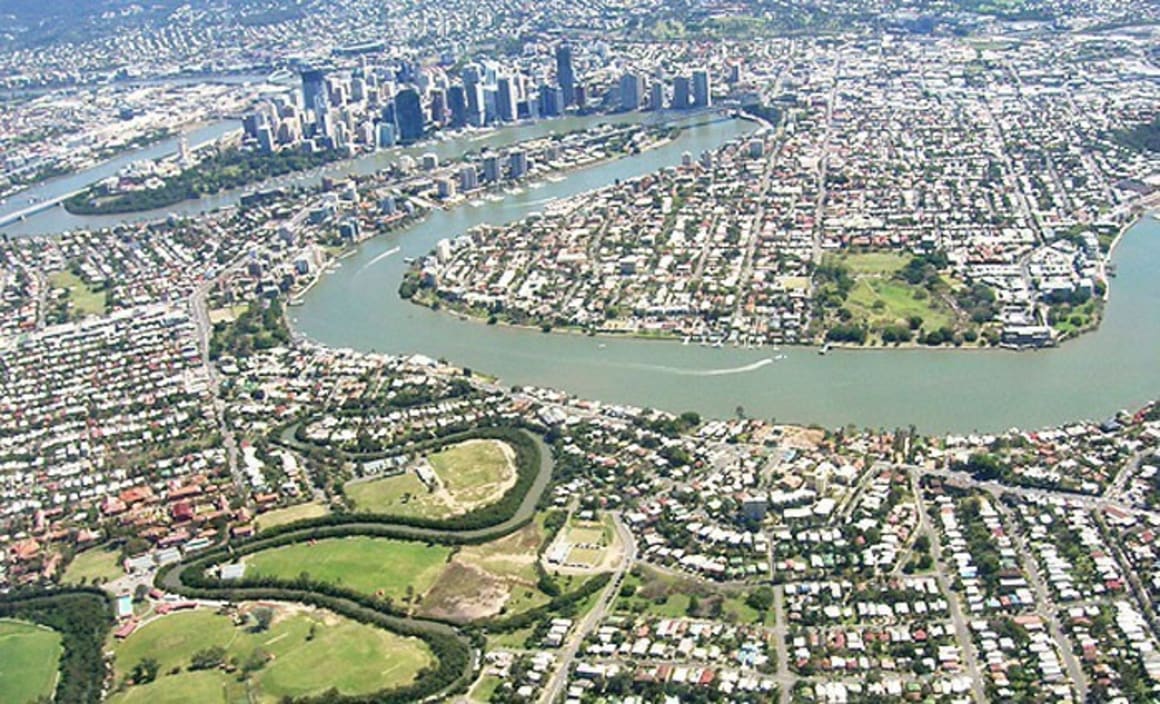Brisbane rental markets soften as regional Queensland shines: REIQ

Most rental markets in regional Queensland saw a general tightening in the September quarter as more job opportunities arise, while Brisbane LGA and Greater Brisbane eased slightly, according to the REIQ’s latest vacancy rate data.
Overall, Brisbane LGA moved from 3.3 per cent to 3.6 per cent, just crossing into weak territory. The Brisbane inner ring (0-5km) edged over from a healthy 3.5 per cent last quarter to a weak 3.7 per cent this quarter. The middle ring (5-20km) eased from 3.1 per cent to 3.4 per cent, which is still a healthy rental market.
REIQ chief executive Antonia Mercorella said the Brisbane LGA rental market was easing slightly, as expected supply levels come online.
“Brisbane has undergone an incredible transformation, with unprecedented levels of apartment supply coming onto the market in the inner and middle rings over the past few years,” said Mercorella.
“We are starting to see the impact of that supply as it finally catches up to high levels of pent-up demand.
“We are confident that this will be brief because Queensland’s population is continuing to grow, particularly in the southeast corner, and growing population means growing demand for housing.”
In regional Queensland, the number of weak markets fell to six from 10 in the previous quarter.
“These markets are showing the green shoots of recovery and there is reason to be optimistic about the future of the property market in regional Queensland,” she said.

Gold Coast’s vacancy rate eased by 0.2 percentage points to 1.9 per cent. This market remains in the tight range with demand for rental accommodation outstripping supply.
The Sunshine Coast SD (incorporating Noosa and the Sunshine Coast LGA) is a similarly tight market, at 1.4 per cent. Caloundra Coast is the tightest market in the state, with vacancies at just 0.6 per cent.
“Tenants may struggle to secure rental accommodation in this region and it is fair to say this area would benefit from additional supply being built to help improve market conditions,” she said.
The Fraser Coast also tightened to 2.2 per cent.
Regional markets of Mackay and Rockhampton experienced the largest improvements, with vacancies falling 1.7 percentage points each.
Mackay has moved from the weak range, with vacancies at 4.5 per cent last quarter, into the healthy range this quarter with vacancies at 2.8 per cent.
“This is a reflection of generally improving conditions in Mackay, and local agents have been telling us all year that this market is on the move. We are seeing evidence of this in rental data and also with the recent quarterly sales data,” Ms Mercorella said.
“We see confidence returning to the market and this is encouraging. We’re optimistic these improving conditions will continue,” she said.
Rockhampton has reported its second consecutive quarterly fall to reach 5.5 per cent. This market is still operating in weak conditions, however, the trend is positive.
“We are hoping to soon see signs that this market is stabilising. It is encouraging to see vacancies falling and local agents reporting improving levels of demand for rental properties,” Mercorella said.
Livingston is reporting similar vacancy levels, at 5.6 per cent. Apart from Gladstone, which has vacancies of 5.7 per cent, Livingston has the highest vacancy rate in Queensland.
“The good news is that in one quarter, Livingstone has fallen from 9.3 per cent to 5.6 per cent, which is a remarkable improvement,” Mercorella said. “This market has shown the single biggest improvement this quarter of all the markets we monitor.”
The Townsville market has reported its fourth consecutive fall in vacancies, to reach 4.3 per cent, its lowest level since September 2013.
“Other property experts share our view that the Townsville market is poised to move into recovery phase,” Mercorella said.
“Technically the rental market is still weak, with vacancies at 4.3 per cent, but there is a clearly established positive trend of four quarterly falls. We are hopeful that the sales market will soon echo the rental market’s positive direction,” she said.
The tourism-based city of Cairns tightened from 1.8 to 1.7 per cent. This is the tightest this market has been since 2012.
“Domestic visitor numbers are up in this region, which of course creates jobs and this drives demand for housing, so when the tourism industry is thriving, the property market is doing well also,” Mercorella said.
“This market attracts workers who will typically stay in rental accommodation before they make a longer term decision about living in Cairns permanently.”
With tourism numbers up and tightening vacancy rates, REIQ expects the Cairns market will benefit from additional housing supply coming online soon. Landlords have a steady level of demand for rental accommodation.
She added that investors in Cairns benefit from some of the best gross rental yields in the state, which is an added incentive to buying an investment property.